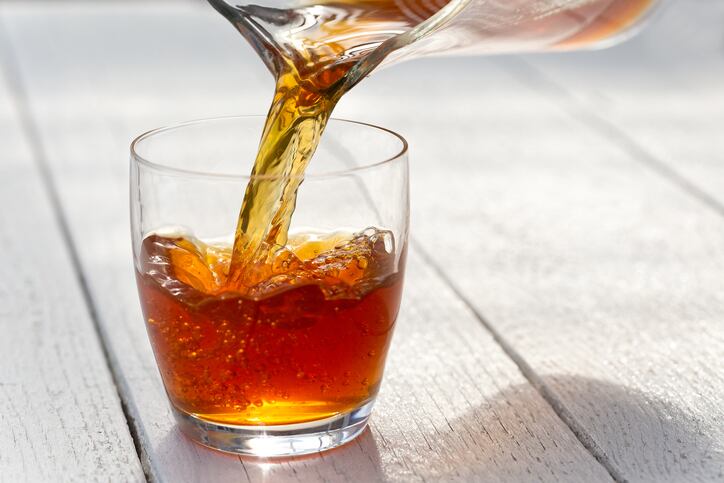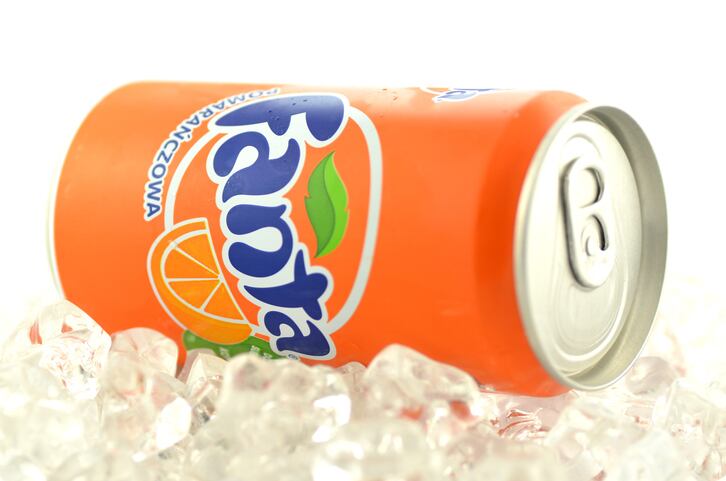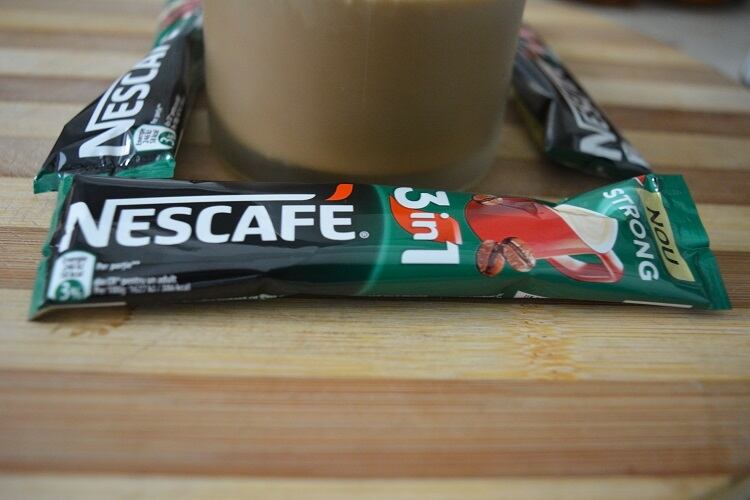Prompted by suspicions that identically marketed products are in fact compositionally or characteristically different, Romania’s National Authority for Consumer Protection (ANPC) has investigated the ‘dual quality’ issue.
ANPC’s study, which evaluated 79 products marketed in both Romania and in other Member States of the European Union, revealed that 18 (22.7%) presented differences in either composition, proportion of ingredients, or nutrition declaration.
What is ‘dual quality’?
So called dual quality food refers to products marketed in a similar or identical way front-of-pack, which are ‘significantly different’ in composition or characteristics.
The issue attracted attention across the bloc when politicians from some Central and Eastern European countries, such as the Czech Republic, Hungary, and Slovakia, used compositional differences in ‘dual quality’ products to suggest inequality issues between Eastern and Western Europe.
Studies conducted in a number of Member States between 2016 and 2018 did indeed indicate differences in ‘quality-related characteristics’ in finished food products. And a more recent EU-wide study, published in June 2019, revealed one-third of products tested across the bloc had an identical or similar front-of-pack appearance, yet different compositions.
However, contrary to politicised opinion, the study showed no consistent geographical pattern in the use of ‘dual quality’ foods.
ANPC findings: Nestlé
So does the ANPC study suggest otherwise? Findings reveal that 22.7% of the 79 products analysed differed in some significant way, whether that be in composition – relating to the absence of ingredients, or presence of other ingredients and additives – or in the proportion of each ingredient. Differences regarding the nutritional declaration of certain products were also identified.
Nestlé’s Nestea Lemon, for example, is made from a different recipe in Romania compared to its Spanish counterpart. In Romania, the product contains 0.08% tea extract and uses sugar and fructose. In Spain, the product uses 0.1% tea extract and contains sugar only.
The Swiss company’s Nescafé 2in1 (Original) product has also come under the spotlight for the proportion of instant coffee present in different geographies. In Romania, instant coffee accounts for 14.5% of the total product, compared to 10% in France, 9% in the Netherlands and 7.9% in Germany and Spain.
When FoodNavigator questioned Nestlé on these ingredient variations, a spokesperson told us that all its products, whatever the geography, meet the same ‘high quality and safety standards’. “Our recipes reflect cultural differences and local consumer preferences. Differences in recipes for products with the same branding do not imply differences in quality.”
Both Nescafé 3in1 and Nestea were included in the aforementioned EU-wide study, in which the Commission acknowledged that differences in product composition do not necessarily constitute a difference in product quality, the spokesperson continued.
Concerning Nescafé 3in1, all recipes are made from the same main ingredients: coffee, creamer, and sugar. However slightly different ratios of these ingredients may exist to meet local consumer preferences, we were told.
“These minor variations do not reflect an East / West division. As part of a continuous recipe innovation and renovation process, we are considering further harmonizing the recipe whilst continuing to take into account consumer preferences.”

Without having seen Romania’s ANPC report, Nestlé Waters (brand owner of Nestea) could not yet comment specifically on its content. However, the spokesperson did stress that Nestlé had granted a license to The Coca-Cola Company to manufacture and distribute Nestea for Bulgarian, Hungarian and Romanian markets. The license for these three countries terminated at the end of 2018, and Nestea is now under the control of Nestlé Waters which has chosen a new partner, Maspex.
“We have worked hard to ensure the taste for consumers remains the same, and are using the same recipe in all three countries,” the spokesperson continued.
The Coca-Cola Company, Danone, Mondelēz
Elsewhere in the ANPC’s findings, dairy giant Danone has come under fire. In the company’s Activia Nature, made by SC Danone PDPA srl in Bucharest, calcium accounts for 121% of the recommended dietary allowance (RDA). In Finland, the calcium content constitutes 168% RDA and 148% in Poland.
The same product also different in protein content, which in Romania stands at 3.5% RDA. This is elevated to 3.6% in Bulgaria, 3.9% in Malta, and 4.9% in both Germany and Finland.
The Coca-Cola Company is another multinational criticised for discrepancies between geographical markets and similar front-of-pack labelling, according to the consumer watchdog. Its orange Fanta drink contains a ‘low’ content (5%) of orange juice, noted the ANPC. In Italy, the similarly marketed product contains 12% orange juice, with France at 10% and Spain at 8%.
The ANPC noted that Romania is the only country across the bloc where organic juice concentrate is ranked fourth in the ingredients list.

In the chocolate space, the ANPC tested Mondelēz International’s Milka Whole Hazelnuts product and Ferrero’s Kinder Pingui. The former contains 17% hazelnuts in Romania, whereas in Germany hazelnuts account for 20% of its composition and in France, 22%.
The Kinder Pingui product, when marketed in Romania and Bulgaria, has a milk content of 21%. In Germany, Denmark, France, the Netherlands, and Finland, the product contains 24% milk. From a protein perspective, the Romanian and Bulgarian version contains 5.3% protein – well below the 7% present in the German and Finnish versions.
Total fat percentage was found to differ in Dr. Oetker’s Pudding Chocolate Powder, which is produced in Romania, compared to other Member States’ versions across the bloc. According to the product’s nutrition declaration, total fats stands at 3.1% and saturated fatty acids at 1.9%. These values are the same in Bulgaria. In Germany and the Netherlands, however, the product has a total fat content of 1.5% and 0.9% saturated fatty acids. In Italy, this is slightly higher at 1.7% total fat and 1.1% saturated fatty acids.
Other companies that contribute to the 22.7% ‘difference’ in the watchdog’s study include Freeway, Iglo, Knorr, and D’arbo.




